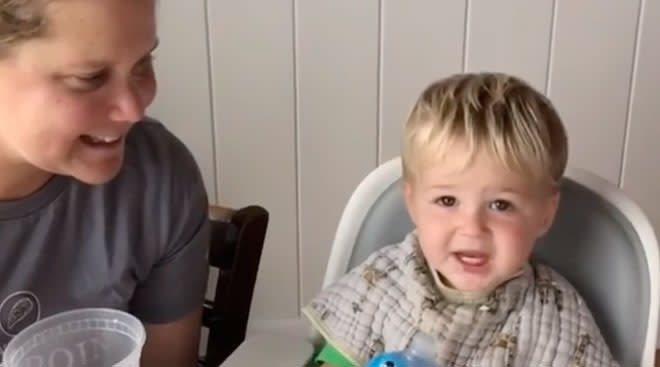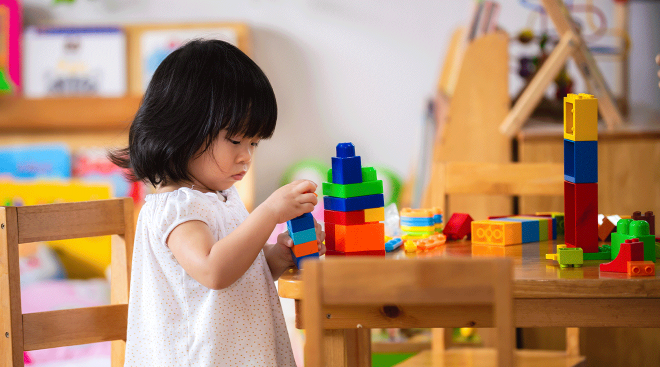CDC and AAP Have Updated Their Guidelines for Developmental Milestones
The American Academy of Pediatrics (AAP) and Centers for Disease Control and Prevention (CDC) have updated the developmental milestone guidelines for their Learn the Signs. Act Early program, which helps parents identify autism and developmental delays in their children. This is the first update to the guidelines since they were announced in 2005.
The goal of the updates is to make it easier for parents, caregivers and healthcare providers to catch conditions like autism earlier, as well as to give them a clear baseline against which to measure milestones. As part of the changes, the organizations also raised the percentage of kids who normally meet milestones from 50 percent to 75 percent, indicating that most young children are developing in accordance with their age.
In the new guidelines, the CDC added guidelines for milestones in 15-month-olds and 30-month-olds to help make the markers of social and emotional development clearer. At 15 months, a toddler should be clapping when excited, hugging their dolls or toys and showing you affection with hugs, cuddles and kisses. At 30 months, they should be using words like “look at me” to show you what they can do. The organization also:
- Identified additional social and emotional milestones as part of the checklists
- Removed vague language to make certain milestones clearer
- Removed duplicate milestones
- Added open-ended questions caregivers can use during well-visits with their pediatrician
- Updated tips and activities caregivers can use to promote development
“This has been a need that is long overdue,” Paul Lipkin, a pediatrician, director of medical outpatient services at Baltimore’s Kennedy Krieger Institute and one of the 13 experts that worked on the updated guidelines, told The Washington Post. “We wanted to take a close look at all the data and milestones through multiple sources to come up with what we think is an accurate reflection of a child’s development.”
He hopes that with the updated guidelines, parents, caregivers and pediatric healthcare professionals will be able to catch developmental delays early and start taking preventative measures sooner. “The earlier a child is identified with a developmental delay the better, as treatment as well as learning interventions can begin,” Lipkin also said in a press release. “At the same time, we don’t want to cause unnecessary confusion for families or professionals. Revising the guidelines with expertise and data from clinicians in the field accomplishes these goals. Review of a child’s development with these milestones also opens up a continuous dialogue between a parent and the health care provider about their child’s present and future development.”
To learn more about the updated guidelines, visit CDC.Gov.
Please note: The Bump and the materials and information it contains are not intended to, and do not constitute, medical or other health advice or diagnosis and should not be used as such. You should always consult with a qualified physician or health professional about your specific circumstances.
Navigate forward to interact with the calendar and select a date. Press the question mark key to get the keyboard shortcuts for changing dates.





















































